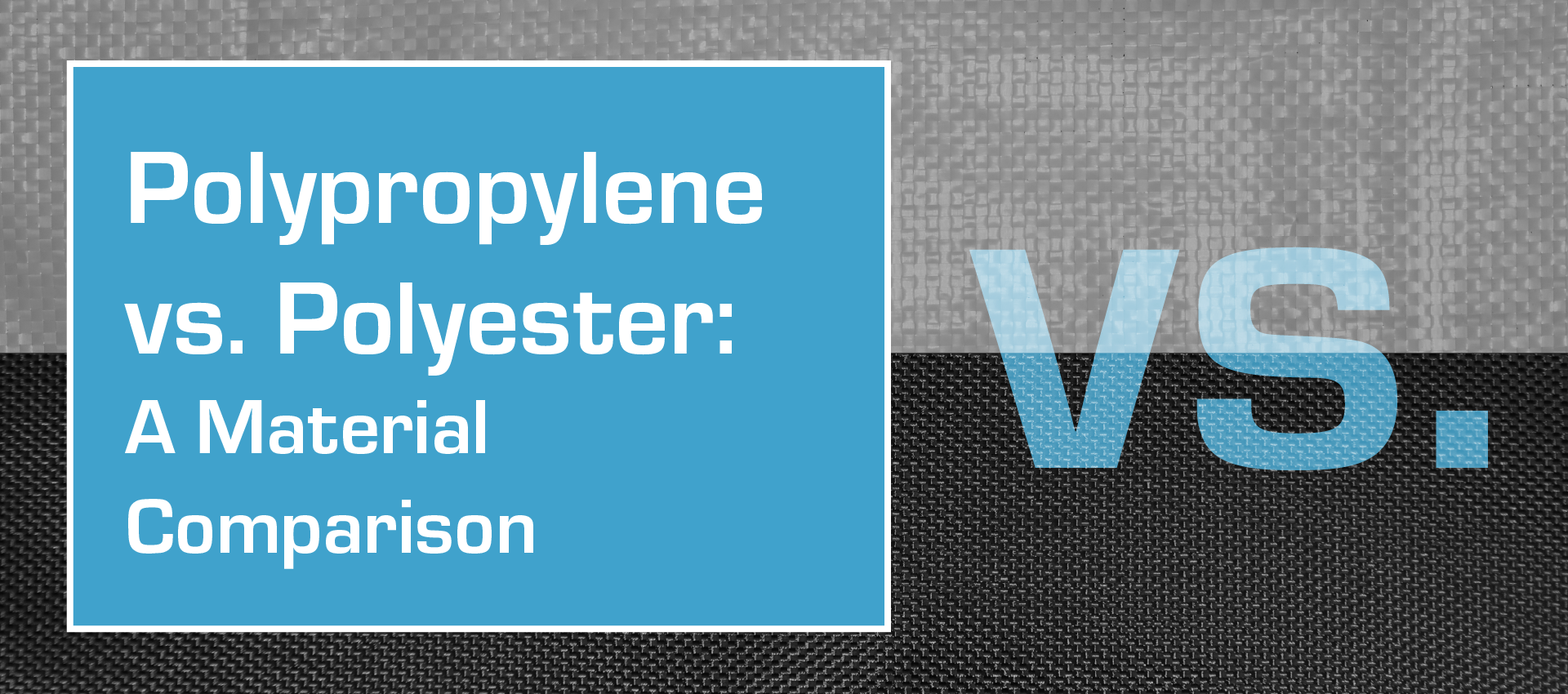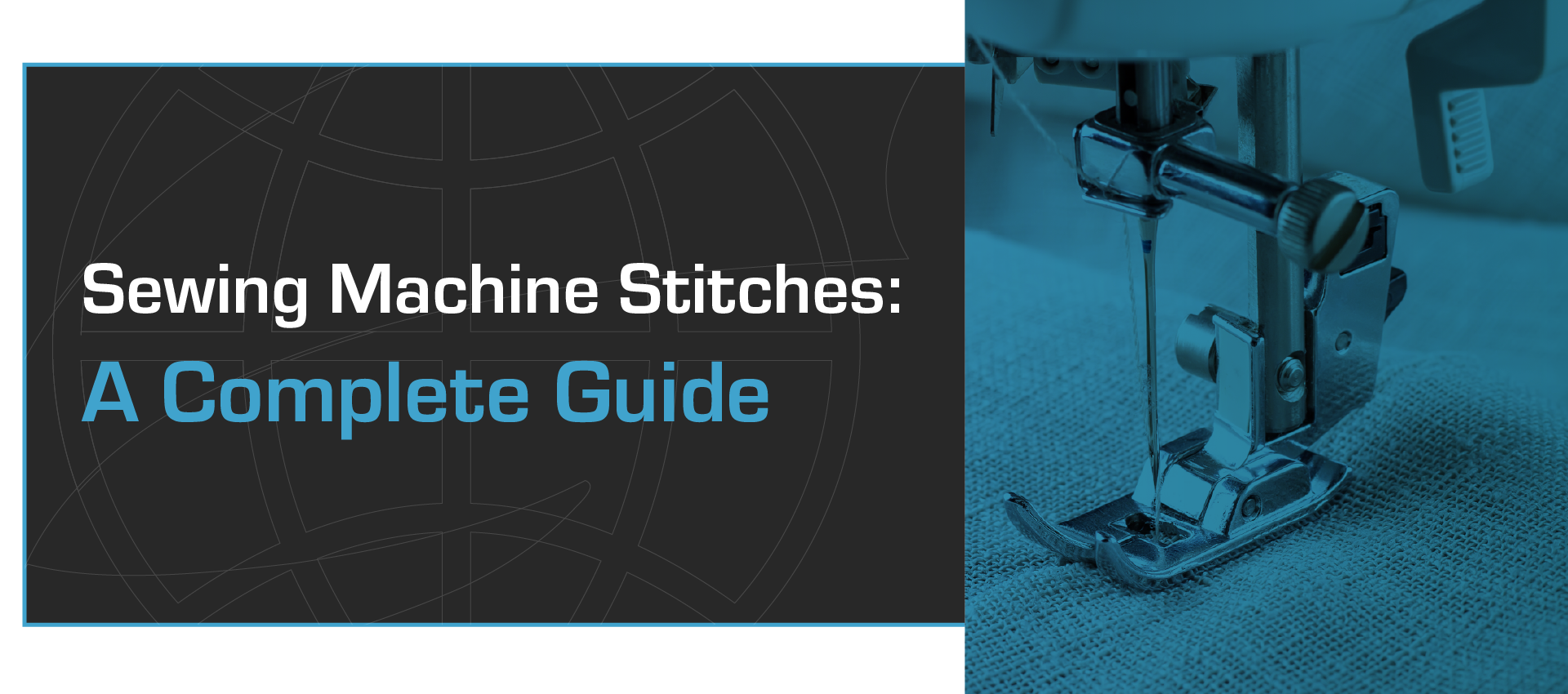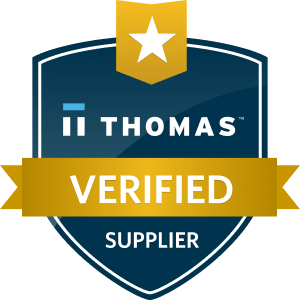What is Rapid Textile Prototyping? Key Techniques & Tools
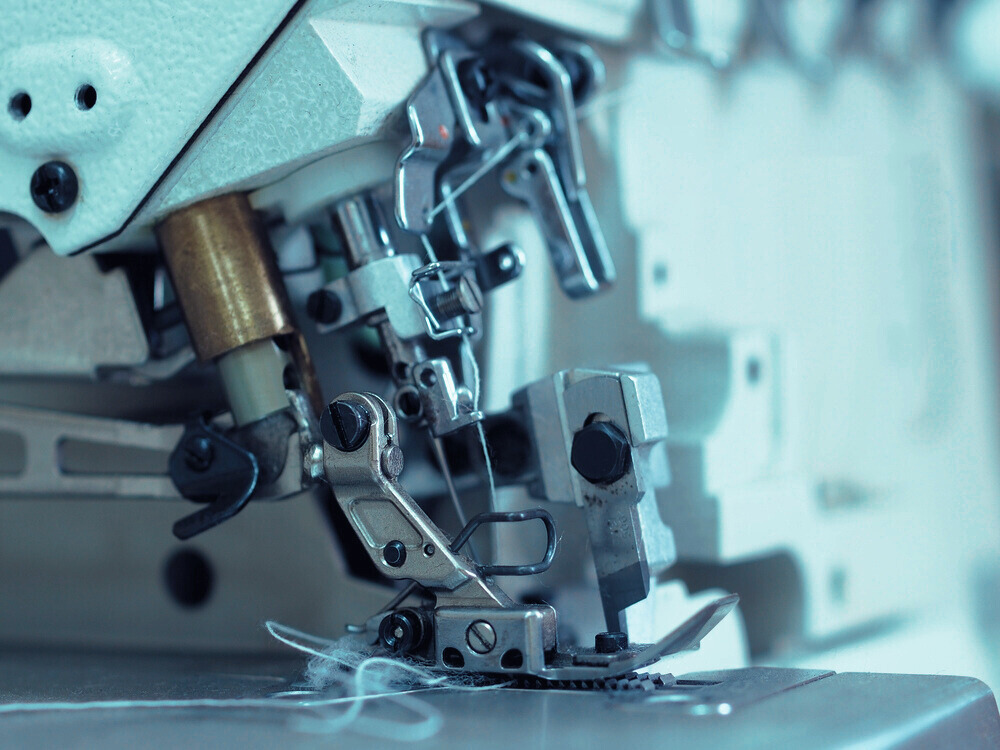
Whether you invent a world-changing fire-blocking blanket or a new level of moisture-wicking underwear, it begins as an idea existing only in your head. The gateway to realizing a new product that will benefit consumers is rapid prototyping. This process expedites new product development and testing of a new consumer product concept. This essential process in product development is predictably fraught with challenges. However, with experienced guidance, it is an exciting and incomparably rewarding learning experience that can lead to achieving your ambition of introducing something new of value to people by making your idea a reality. Let’s look at what the process involves:
What is Rapid Textile Prototyping?
Textile prototyping is the process of developing a model of an original fabric or product made from fabric. The purpose of the prototype is to help people understand the value of your creation. There have been seemingly countless textile innovations over recent years with applications benefitting consumer, commercial, and industrial markets. Engineers identify materials for the proposed solution and design development and production processes. Then, industrial sewing specialists use the latest technology to manufacture a functioning prototype.
How Does Rapid Prototyping Work?
To develop a textile prototype, you may start by drawing some illustrations of the product you envision. Write point-by-point explanations, as needed, to clarify what makes your new product different from what’s already on the market.
At this juncture, you will need to judge whether you have the skills and equipment to produce the prototype yourself or you need to obtain help from a textile manufacturer with the necessary resources to make it for you.
Either you or the manufacturer you choose to work with on your prototype will need to create a blueprint of the prototype before producing it. The plans are ultimately handed over to the commercial sewing specialist(s) who produce the physical prototype.
With your finished functional prototype in hand, you can provide prospective investors, staff, and other stakeholders with an actual working version of your creation. From that point forward, you are ready to test, refine, and prepare your new product for rollout to your market.
What Tools Are Used in Fabric Prototyping?
Producing a prototype of a textile-based product begins with a basic sketch of the item you want to create. A sketch brings shape to your idea, enabling you to explain it much more clearly. It allows your collaborators to understand your vision for the prototype and the finished product much better. If you have good enough digital drawing skills, you can use one of the free tools offered by Microsoft, Google, Adobe, and others. Or, just a hand-drawn image will work well if you’re more proficient with pencil and paper for sketching.
To bring your sketched idea into existence as a 3D material object, an experienced textile product producer can use the necessary cutting and sewing equipment to make your model. This 3-dimensional version of your concept provides incomparably more visual information about the new proposed product than the sketched image could convey.
To complete the final phase of your project — producing a functioning prototype — requires the appropriate manufacturing tools for the best outcome. Whether your product prototype is large and complex or smaller and with fewer parts, having a textile manufacturing company use their equipment tools, and skilled team to make your prototype is likely to be your best option.
Even though creating a prototype is a unique, one-time manufacturing project, producing it that way is advisable. It’s typically much faster than DIY efforts using commercial tools and equipment. Above all, having a high-quality functioning prototype produced by professionals using the proper resources increases the potential for your product presentation to succeed.
Types of Rapid Prototyping
There is a vast range of applications in textile-based prototyping that can be expedited for product development. Just a few examples of the kinds of textile-based industrial operations engaged in rapid prototyping include:
- Textile Cutting
- Contract Sewing
- Seaming & Sealing
- Filtration
- Slitting and Rerolling
- Adhesives and Bonding
- Joining Metal to Substrate
- Heavy Material
- Rubber Joining to Textile
- Heat/Chemical Welding
- Product Development
- Manufacturing
Proof of Concept
A quality prototype demonstrates the practicality of your innovation or invention. A textile-based prototype validates the concept by proving the functionality and overall efficacy of a newly proposed product for launch. Accomplishing POC through textile prototyping involves:
- Purpose: Testing a functioning prototype confirms the validity of the object creator’s assumptions and the feasibility of the proposed product as a commercial success.
- Stages: Prototyping typically starts with producing a physical model that demonstrates basic functionality. Then, a Mark 1 version is produced to make the first commercial-grade prototype.
- Materials: The initial working prototype typically contains a material suitable for R&D. The following Mark 1 version uses materials closer to the commercial production grade.
- Customization: Your textile manufacturing collaborator can guide you in improving your prototype with custom options for more appealing fabric types, size choices for consumers, increased safety, durability, etc.
- Manufacturing: You can obtain estimated scale production costs, terms, and other factors to present to prospective stakeholders to illustrate projected profitability.
Stages of Prototyping
Prototyping is a process of building and testing successive iterations of a concept to develop a functional unit. It further involves setting realistic benchmarks and goals for the development process, outcome, and cost.

Looks-Like Prototype
The initial prototype, the so-called looks-like prototype, when properly executed, represents the general shape and size, and user experience (UX) object characteristics.
Works-Like Prototype
Next, building a functional prototype can be done, perhaps using a 3D printer or a rudimentary manufacturing process, to produce a more stable sample of the design.
Tests-Like Prototype
The fully developed prototype features all or most proposed subsystems, performs adequately in testing, and has been debugged, rendering a final version for presentation.
Testing & Manufacturing
Testing ensures the product is safe, functions as designed, and meets users’ expectations. Once successful testing is complete, the prototype is manufactured for presentation to prospective investors and/or direct consumers:
1. Testing
Testing the prototype includes evaluating its real-world performance, consumer testing, if applicable, gathering test data on, for example, heat, chemical, or water resistance, etc., and debugging to produce a salable final version.
2. Manufacturing
A textile manufacturing company uses industrial-grade equipment, tools, and processes, and commercial-quality materials to produce a final prototype for presentation to prospective stakeholders.
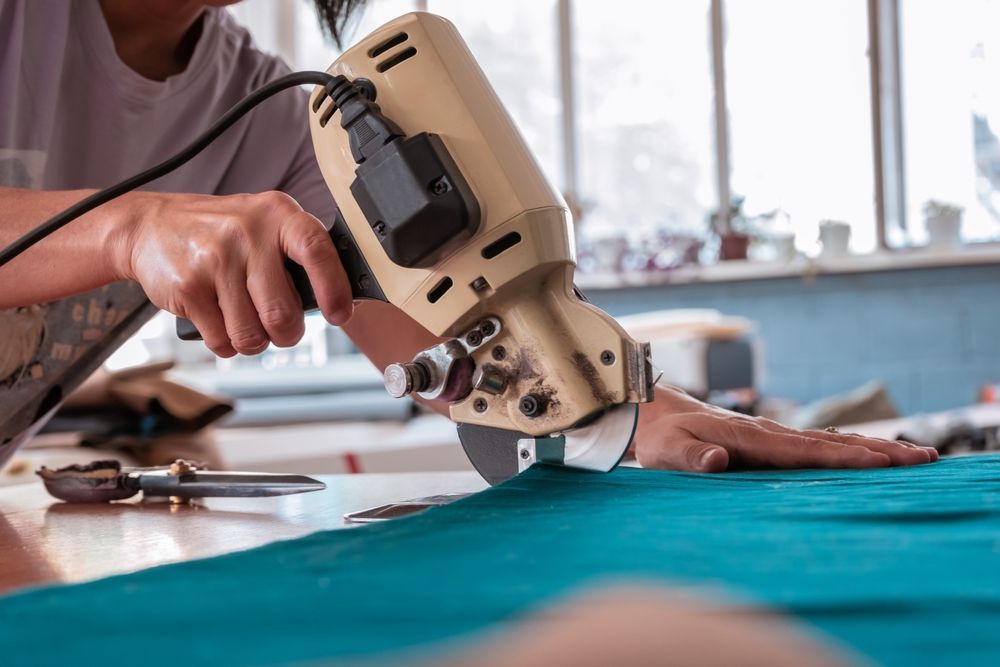
The Advantages of Prototyping
Trying to launch a new product by presenting no more than a verbal description of it to prospective manufacturing investors and/or direct customers is, at best, an uphill struggle. It may, at first thought, appear less time-consuming and financially costly to bypass the normal prototyping process. But, in the end, no matter how worthy your concept is, it is more likely that you will spend more time and money than you would have on proper prototyping.
Too often, would-be successful innovators find themselves cycling through one after another futile effort to attract the collaborative and financial resources they need to get development projects off the ground and ultimately bring good new products to market.
Prototyping provides the advantages of:
- A rapid development process
- Thorough documentation
- Reliable cost controls
- Superior resources
- Professional production
- Other benefits for project owners
Why Working With a Contract Manufacturer is the Right Choice
A contract textile manufacturer applies quality, time, and cost management standards that ensure prototypes and commercial production outcomes exceed customers’ expectations. They can typically provide more rapid turnaround, superior engineering, and overall more professional quality prototypes than can be achieved outside the field. When considering a manufacturer to develop your prototype, consider:
- Expertise and talent
- Component quality
- Production capabilities
- Process efficiency
- Quality management
- Professional communication
- Thorough documentation
- Resource reliability
- Cost controls
- Confidentiality
Turn Your Textile Vision Into Reality—Let’s Talk!
Today’s textile solutions have encouraged buyers and sellers to rely on the industry for everything from tech-integrated clothing to vast industrial applications. Carolina Covertech is a leader in innovation and resource management. We specialize in textile product development, industrial sewing, rigid to flexible media conversions, and other services for rapid high-quality prototyping.
For information about rapid prototyping of textiles or about how to start the process of prototyping to meet your specific project needs, call Carolina Covertech at (800) 763-0243, email info@carolinacovertech.com, or reach us right here on our contact page.

